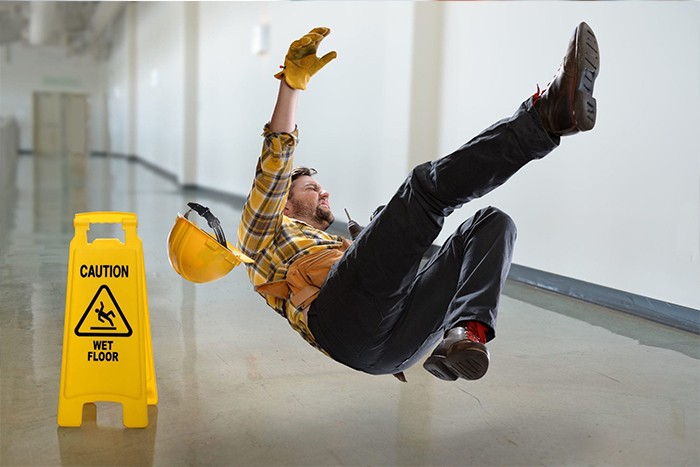SLIP AND FALL
SLIP AND FALL
SERVING ALL OF D.C., MARYLAND & VIRGINIA
The law holds property owners accountable for hazardous conditions
On a given day, we enter a number of different properties: doctors’ offices, friends’ homes, and grocery stores are just a few. In each of these environments, we expect that the property owners have taken the proper precautions to keep the property safe and free of hazards. Unfortunately, many property owners fail to remedy dangerous conditions present on their premises. If an individual is injured because of a dangerous condition on the property, the property owner may be held liable. DMV LAWYER attorneys have represented individuals in a variety of injury claims. Our lawyers are thorough, aggressive and have pursued claims against property owners of all types.
THE STATUS OF A VISITOR
The duty a property owner owes to visitors who enter a property largely depends on the status of the visitor. Visitors are typically divided into three categories:
- Licensees
- Invitees
- Trespassers
Licensees are individuals who enter a property with permission. However, licensees enter the property for their own purposes. For example, a meter reader from your power company has permission to enter your property to check your meter. The purpose of this entry onto your property is to provide the power company with information about your estimated power usage. Typically, property owners must inform licensees of dangerous conditions that they are aware of if the licensees are not likely to notice the condition.
Invitees are commonly friends, relatives, and other individuals who have been expressly invited onto a property. Property owners are required to keep the premises in a reasonably safe condition for these visitors.
Trespassers are individuals that enter a property without the permission of the property owner. In most cases, property owners are not required to keep their premises in a safe condition for trespassers.
KNOWLEDGE OF A HAZARDOUS CONDITION
In most slip and fall cases, a victim must show that the property owner or its agents had knowledge of a hazardous condition and failed to remove it or warn others about it. For example, consider a woman who is browsing in her local shopping center. She makes her way to the pet food aisle, where she looks for dog treats. Forty-five minutes earlier, a young boy dropped his milkshake on this aisle. The milkshake spills onto the floor, making a large puddle as it melts. As the woman continues browsing, she does not notice the puddle on the floor. She slips on the melted milkshake and falls, snapping her ankle. Later, it is discovered that a store employee walked past the spill several times, but failed to put up a wet floor sign or clean it up.
In this situation, the store will most likely be liable for the woman’s injuries. The store had notice of the spill and failed to clean it up. Therefore, it did not remove the condition or provide a warning to other patrons about it. However, if the spill had occurred just moments prior, the store would likely not be liable, since it probably did not have notice of the spill.

 DUI/DWI
ACCIDENTS
DUI/DWI
ACCIDENTS
